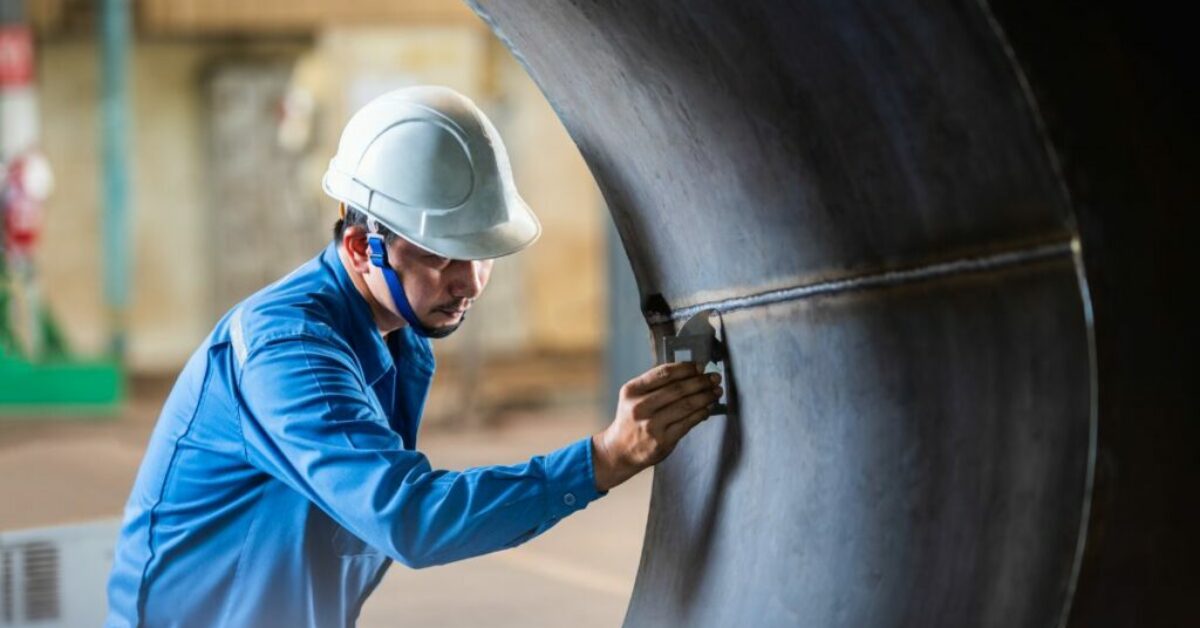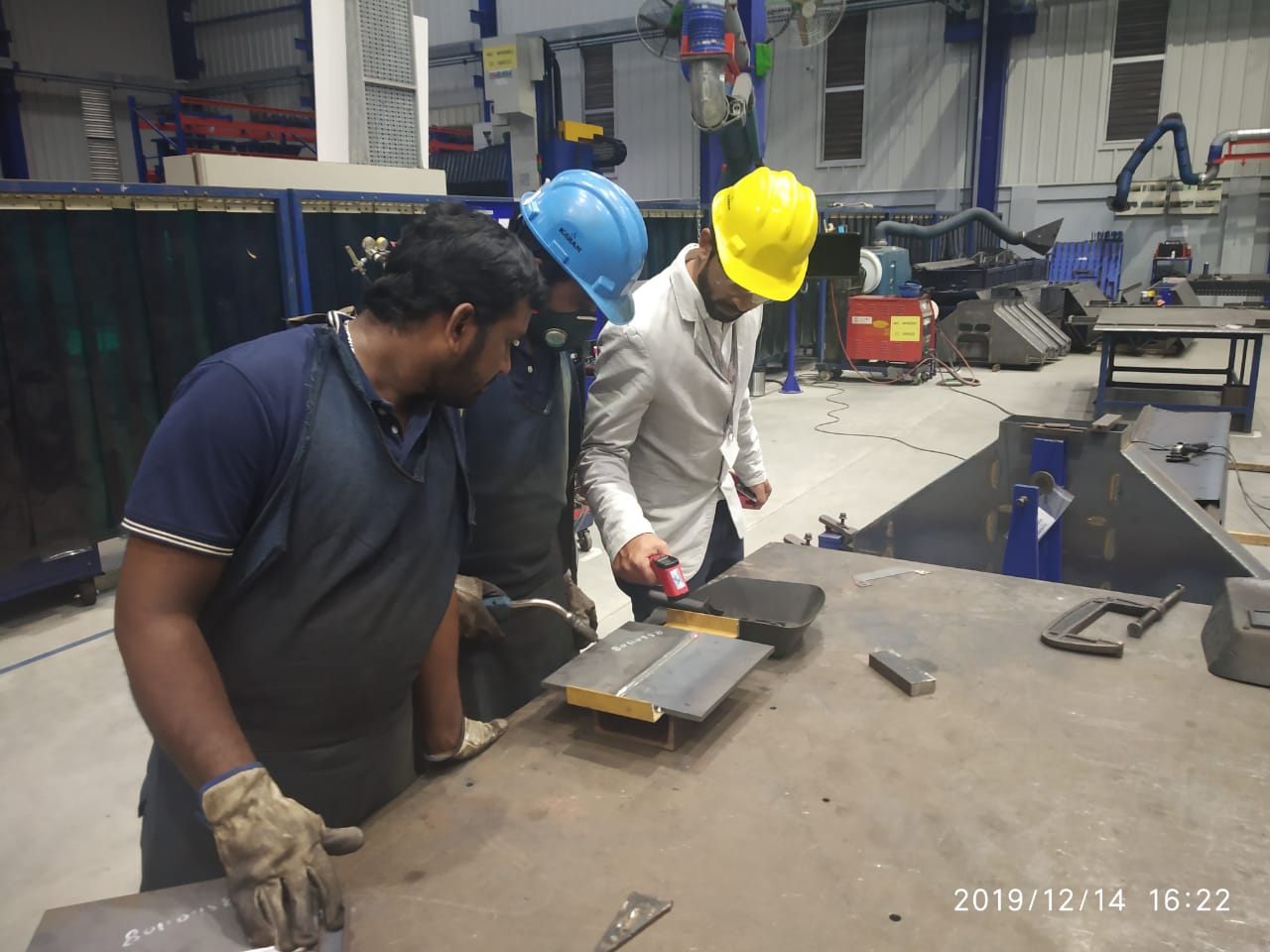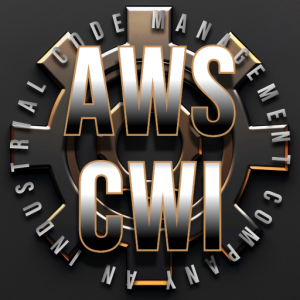Exploring the Relevance of Welding Examination in Industrial Applications: Protecting Versus Failures and Enhancing Long Life
Welding examination offers as a crucial line of defense in industrial applications, guaranteeing the structural stability and dependability of welded elements. By systematically identifying problems such as porosity and incomplete fusion, evaluations not only avoid failures but also extend the lifespan of important assets.
Role of Welding Inspection
Welding inspection serves as a critical safeguard in commercial applications, making certain that bonded frameworks satisfy specified requirements of high quality and safety. This process includes a methodical evaluation of welds to verify their stability, strength, and compliance with well-known codes and specifications. The role of welding inspection is multifaceted, incorporating both aesthetic analyses and non-destructive screening techniques, which may include ultrasonic, radiographic, or magnetic fragment screening.
Efficient welding evaluation identifies possible concerns early, alleviating the danger of catastrophic failings that can emerge from insufficient welds. By making sure that welds are performed according to develop specifications, inspectors contribute to the overall architectural integrity and long life of elements in important applications, such as pressure vessels, pipelines, and architectural structures.

Typical Welding Issues

Among one of the most widespread issues is porosity, identified by tiny gas pockets entraped within the weld steel. This happens as a result of impurities or improper securing gas, compromising the weld's toughness. Another significant issue is insufficient combination, where the weld metal fails to bond correctly with the base material, possibly bring about architectural weaknesses.

Fractures can also create throughout or after the welding process, commonly associated to thermal tensions or improper air conditioning rates. In addition, damaging, where the base metal is deteriorated along the weld grain, can compromise the joint and is often brought on by extreme heat input or wrong technique.
In addition, lack of penetration happens when the weld metal does not get to the origin of the joint, causing inadequate toughness. Understanding these typical defects is crucial for welders and assessors alike to make certain that welded frameworks meet safety and efficiency standards, eventually protecting against prospective failings in industrial applications.
Benefits of Normal Examinations
Routine inspections offer as an important protect in making certain the reliability and durability of welded frameworks. These examinations recognize prospective flaws and weak points that might compromise the stability of welds, enabling prompt remediation before problems intensify. By applying a structured evaluation routine, companies can considerably reduce the risk of tragic failings that may result in expensive downtime, tools substitute, or also accidents.
Moreover, regular examinations contribute to enhanced quality assurance throughout the welding process. By adhering to a constant assessment routine, firms can ensure that their welding practices meet recognized quality benchmarks and best practices. This not only fosters a culture of accountability but also urges continual renovation amongst welding workers.
Additionally, routine examinations help with much better upkeep preparation. By recognizing damage early, organizations can purposefully schedule substitutes and repair services, lessening interruption to procedures. This proactive strategy inevitably causes prolonged asset life-span and enhanced general efficiency.
Last but not least, a dedication to regular examinations can improve a firm's track record in the market. Clients and stakeholders increasingly worth organizations that focus on safety and security and high quality, thereby boosting count on and possibly resulting in raised company possibilities.
Industry Specifications and Regulations
Abiding by industry requirements and guidelines is a basic element of welding assessment that complements the benefits of routine analyses. These criteria, established by companies such as the American Welding Culture (AWS) and the American Society of Mechanical Designers (ASME), offer a framework for ideal practices in welding processes, materials, and examination techniques. Compliance with these guidelines makes certain that welds meet the needed high quality and safety and security benchmarks, dramatically reducing the risk of structural failures.
Regulative bodies like the Occupational Safety and Health Management (OSHA) better enforce guidelines that protect workers and the environment during welding operations. By complying with these established requirements, markets can improve the dependability of their frameworks and elements, ensuring they carry out as meant under different operational conditions.
Furthermore, adherence to industry standards fosters consistency in quality assurance, assisting in smoother communication among stakeholders and regulative agencies. This positioning not only reduces liability risks but also improves the integrity of organizations in competitive markets. Welding Inspection Gilbert Arizona. Ultimately, compliance with welding standards and regulations is not merely a legal obligation; it is a vital investment in security, efficiency, and lasting functional success
Future Trends in Welding Evaluation
As industries proceed to advance, the future of welding inspection is poised to integrate innovative modern technologies that improve accuracy and efficiency. Among one of the view website most considerable patterns is the adoption of automation and robotics in inspection procedures. Automated systems can conduct evaluations rapidly, decreasing human error and increasing throughput in making settings.
Moreover, the integration of expert system (AI) and artificial intelligence algorithms will enable anticipating analytics, enabling for real-time assessments and aggressive maintenance. By analyzing information from previous examinations, these technologies can recognize patterns that can suggest possible failings, thus expanding the life expectancy of welded parts.
Furthermore, non-destructive screening (NDT) techniques are anticipated to become a lot more sophisticated, using devices such as drones and autonomous automobiles equipped with advanced sensing units. Welding Inspection Gilbert Arizona. These improvements will certainly enhance the capability to evaluate hard-to-reach or dangerous areas without jeopardizing safety
In addition, the trend towards digitalization will certainly cause boosted information monitoring systems that facilitate better tracking, reporting, and compliance with industry requirements. In summary, the future of welding assessment is identified by technical innovations that assure to considerably improve reliability, safety, and operational efficiency click this site in various industrial applications.
Conclusion
In conclusion, welding assessment serves a vital feature in guaranteeing the honesty and longevity of welded frameworks throughout various commercial applications. As improvements in technology proceed to develop, the future of welding examination guarantees increased precision and effectiveness, ultimately adding to the longevity of critical infrastructures.
Welding assessment serves as a vital line of defense in commercial applications, guaranteeing the structural integrity and dependability of bonded elements.Welding inspection offers as an essential guard in commercial applications, making sure that welded structures fulfill specified standards of quality and security. Ultimately, the role of welding examination is important in promoting safety, boosting performance, and shielding investments in commercial framework.
These requirements, developed by companies such as the American Welding Society (AWS) and the American Culture of Mechanical Engineers (ASME), go to this web-site offer a framework for finest practices in welding processes, products, and evaluation strategies.In final thought, welding inspection offers an essential function in ensuring the honesty and toughness of welded frameworks throughout various industrial applications.